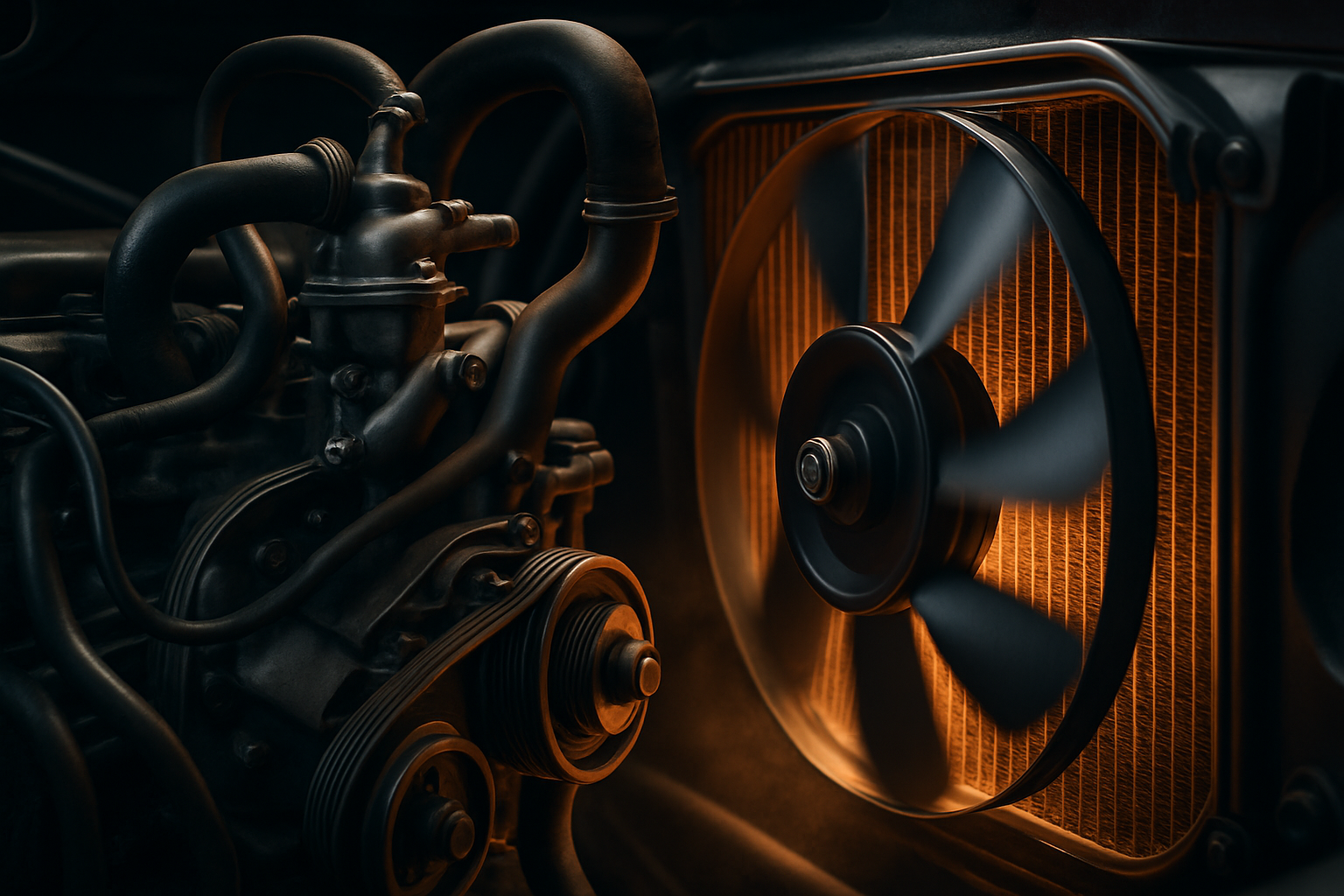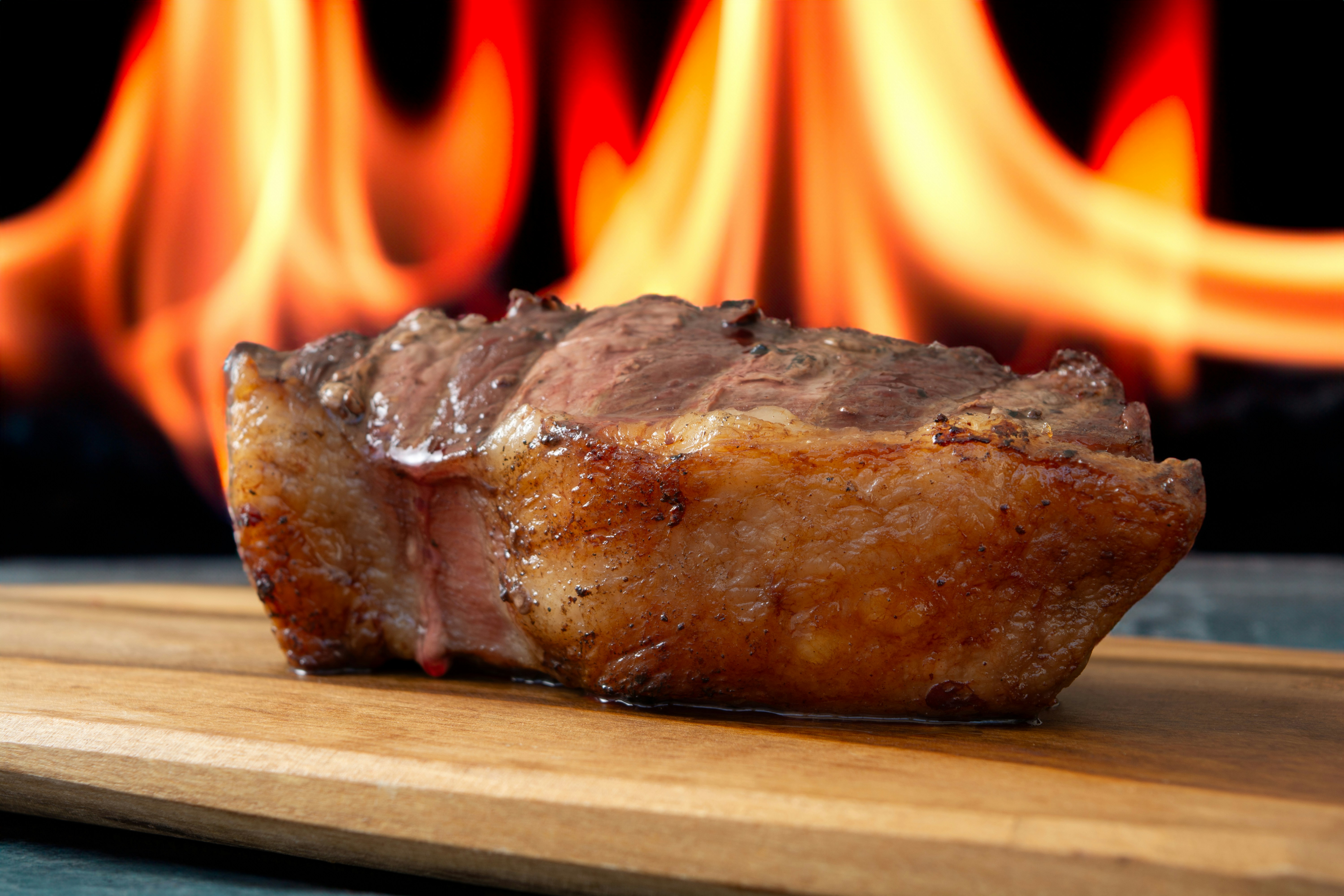The Intricate Symphony of Engine Cooling Systems
Engines in vehicles are akin to the human body; they need to maintain an optimal temperature to function effectively. Overheating can lead to a range of issues, from efficiency loss to severe damages. Let's delve into the world of engine cooling systems, a masterpiece of automotive engineering that keeps your car running smoothly, even in the most demanding conditions.

The Evolution of Engine Cooling Systems
From the early days of automobiles, it was clear that engines generate significant heat during operation. The first cars were air-cooled, relying on natural convection to dissipate heat. However, as engine technology advanced and vehicles became faster and more potent, more effective systems were needed. This need gave birth to water-cooling systems, which are the predominant solution in today’s cars. Over time, these systems have seen several improvements, including the introduction of antifreeze, pressurized systems, and more efficient radiator designs.
The Art and Science of Modern Cooling Systems
Modern engine cooling systems are complex and carefully calibrated. They comprise several components, including the radiator, thermostat, water pump, and cooling fan. The water pump circulates the coolant - a mixture of water and antifreeze - through the engine block, where it absorbs heat. This heated coolant then flows to the radiator, where the cooling fan helps disperse the heat to the surrounding air. The thermostat plays a crucial role in regulating this process, ensuring the engine reaches its optimal operating temperature swiftly and maintains it under varying driving conditions.
Current Trends in Cooling Technology
As the automotive industry continues to innovate, cooling technology isn’t left behind. Engineers are continually seeking ways to make systems more efficient, compact, and environmentally friendly. One trend is the development of active grille shutters. These shutters can open and close based on the engine’s cooling requirements, improving aerodynamics when closed and aiding cooling when open. Another trend is the integration of cooling systems with other vehicle systems, enabling more precise control and optimization of engine temperatures.
The Impact of Advanced Cooling Systems
Advanced cooling systems offer several benefits. Firstly, they enhance engine performance and longevity by maintaining optimal temperatures. Secondly, they contribute to improved fuel efficiency, as an adequately cooled engine operates more efficiently. Lastly, these systems can also reduce emissions, contributing to environmental sustainability.
Challenges in the Domain of Engine Cooling
Despite the advancements, there are still challenges to overcome in the realm of engine cooling. One challenge is managing heat in high-performance and heavy-duty vehicles, which generate more heat due to their powerful engines. Another challenge is the increasing demand for more compact engines and cars, leaving less room for cooling systems. Lastly, with the rise of electric vehicles, there’s a need for innovative cooling solutions for batteries, which have different cooling requirements than conventional engines.
In conclusion, the engine cooling system, often overlooked, is a critical component of any vehicle. Its evolution and continual improvement reflect the automotive industry’s relentless pursuit of perfection. Despite the challenges that lie ahead, one can be confident that automotive engineers will continue to innovate and push the boundaries of what’s possible in engine cooling.





